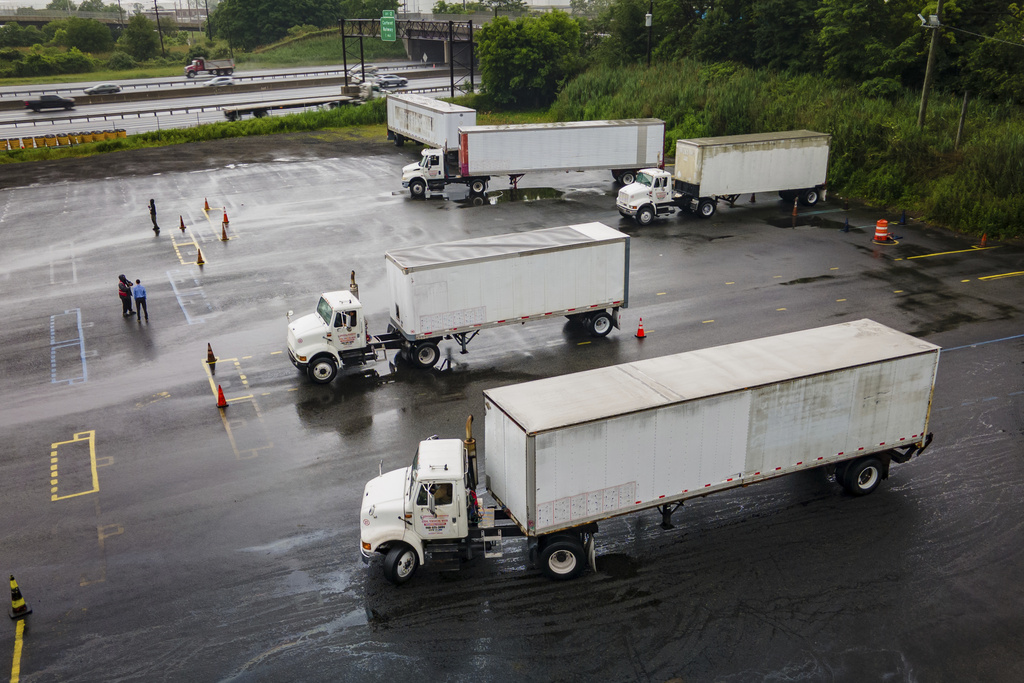The government has pledged to fight climate change by tackling threats posed by abandoned oil and gas wells.
It set aside $4.7 billion from the infrastructure bill to do so, but much of those resources focus on the release of methane into the atmosphere and not the possible threats to aquifers.
Half of the U.S. population relies on wells for its drinking water, according to the Environmental Protection Agency, and 70% of those people get their water from public wells, where water is regularly tested and treated. The remaining 30% get their water from private wells, where the onus to check rests on them.
In some cases, that water can be contaminated by compounds that originate from oil and gas wells.
Joe Ryan, a professor of environmental engineering at the University of Colorado Boulder, has been tracking these compounds.
"This is a problem that we have detected in certain water wells that have been monitored, but there are probably 10 times as many water wells out there that weren't measured," Ryan said.

Cleaning up our nation's waterways is proving harder than expected
Of the more than 700,000 miles of waterways in the U.S., nearly 51% are impaired by pollution.
When oil is extracted deep from the Earth's surface, it must pass through aquifers closer to ground level. In most cases, there is a layer of cement around the well's casing to prevent leaking, but Ryan has found that the casing is not always intact, and carcinogens can seep into the water supply.
The difficult part in addressing the issue is there is no one agency to set a federal standard. Instead, every state makes its own protections to account for differences in geological makeup.
"Different states take different attitudes toward promoting oil and gas development for the benefit of the state in terms of economic benefits versus balancing that with the extent to which they're concerned about protecting public health," Ryan said.
In some cases, there is no leaking, but through his research, Ryan has found 25% of the oil and gas wells surveyed have contaminated drinking water in wells nearby. Ryan was able to accrue that information since Colorado is the only state in the country that makes its testing data publicly available.
The EPA is currently revising standards through a set of public hearings as it works to strengthen protocols, detection and action standards in the future.

EPA finalizes water rule that repeals Trump-era changes
The rule defines which "waters of the United States" are protected by the Clean Water Act.











